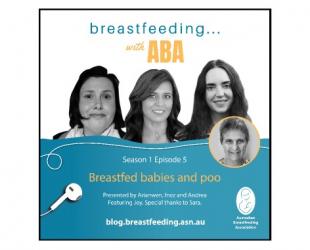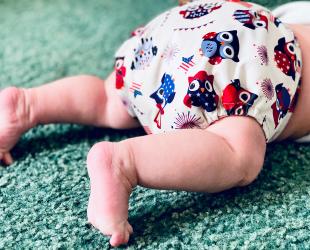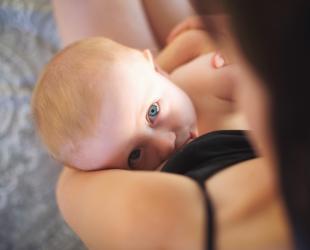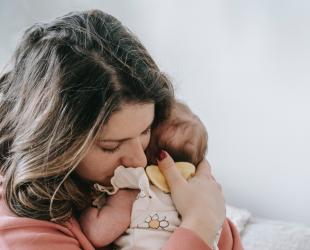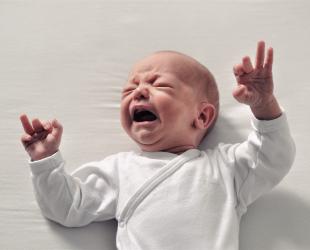Baby’s poo looking different? Find out what’s normal and when to check in
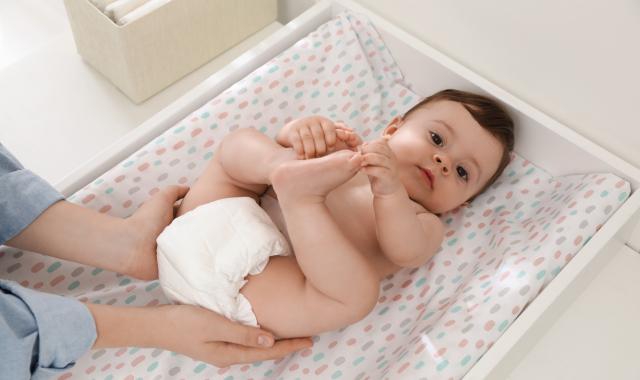
Many new parents have never seen a baby’s poo or changed a nappy before. Fully breastfed babies' poos are different from poos of babies who are fed formula or solids.
This page explains what to expect when you change your baby’s nappy.
How often do babies poo?
Frequent poos are one reliable way to see that your baby is getting enough milk. Before about 6 weeks, babies will have at least 3 poos a day, sometimes one after each feed. If your newborn has less than one poo a day, you may need to feed them more often.
From about 6 to 8 weeks, the number of poos may vary from day to day and from baby to baby. Some babies continue to poo very frequently – at each feed. Others will do one poo every 2 to 10 days. This is fine as long as the poos are soft and unformed.
What do baby poos look and smell like?
By about day 5 your newborn baby’s bowel motions will have changed from dark and sticky to a mustard-yellow colour. Breastfed baby poo ranges from yellow through to green-gold or brown. If the poo looks greener but your baby is otherwise healthy and feeding well, there is nothing to worry about.
Breastfed baby poo doesn’t really have much of a smell. Most people don't find it offensive and in some babies it can even smell sweet.
Breastfed baby poo is mostly runny but can vary in texture. It may be more like toothpaste, or it may be seedy and stringy. Some people wonder if runny poo means their baby has diarrhoea, but this is very rare in a breastfed baby. A child with diarrhoea has more frequent, large, watery or very runny poos that often smell bad.
If you're concerned because your baby’s poo is either very liquid or too solid, feed your baby more often and check in with your doctor or child health nurse.
If your baby is having other foods or drinks, including formula, their poos will look different. They will be less liquid, more solid and have a stronger smell than before.
How much poo is normal?
The size of a poo can range from a smudge on the nappy through to one that fills the nappy and leaks out. Babies who poo less often tend to do larger poos. This is why mums often pack extra sets of clothes in the nappy bag – for themselves as well as their baby.
What else can baby’s poo tell us?
If your baby continues to have many poos a day, has a lot of wet nappies and is unsettled, you may have an oversupply of milk.
If there are a lot of poos which are explosive, green and/or frothy, this may indicate lactose overload which is a result of an oversupply.
If your baby often appears in pain with wind in the bowel and has poos with mucus and/or blood in them, this may be a sign of food intolerance or allergy.
If you are concerned about your baby’s poo, call the National Breastfeeding Helpline and chat with a breastfeeding counsellor or see your child health nurse or trusted healthcare provider.
© Australian Breastfeeding Association June 2025
